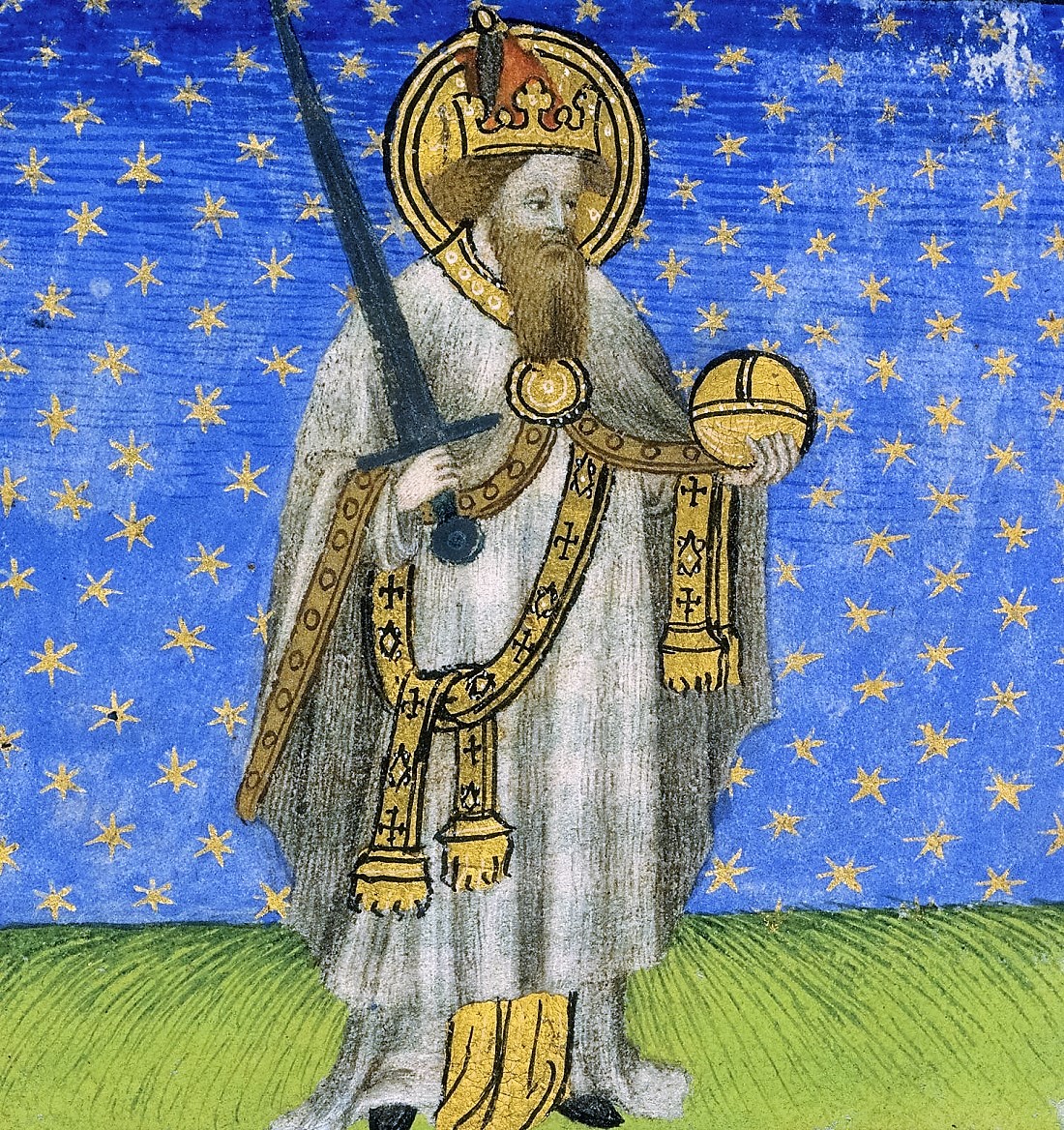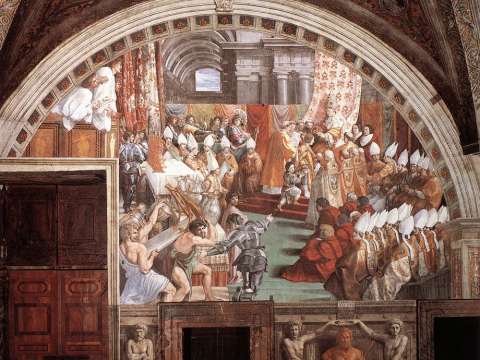


(109)Īfter building up his army, he launched his first campaign into Saxony in 772, beginning a long and bloody conflict known as the Saxon Wars (772-804) in an effort to root out Norse paganism in the region and establish his authority there. Only gradually did he develop a notion of Christian mission and a program of unifying and systematically expanding the Christian West. He led his armies on yearly campaigns as a matter of course. He could be warm and talkative, but he could also be hard, cruel, and violent, and his subjects came to regard him with both admiration and fear…Above all else, Charlemagne was a warrior-king. tall, thick-necked, and pot bellied yet imposing in appearance for all that. Hollister describes the king:Ĭharlemagne towered over his contemporaries both figuratively and literally. Military Campaigns & ExpansionĪs sole ruler of the Franks, Charlemagne ruled from the start by force of his personality which embodied the warrior-king ethos combined with Christian vision. Following overtures by Desiderius to Carloman to topple Charlemagne and avenge his daughter's honor, the two brothers were on a direct course to civil war when Carloman died in 771. 756-774) to marry the teenage Hildegard (future mother of Louis the Pious, r. In 770, Charlemagne married and then repudiated a Lombard princess, daughter of the king Desiderius (r. Pepin accepted the stipulation of the Donation of Constantine his son would not.Ĭharlemagne marched on Aquitaine and defeated the rebels, also subduing neighboring Gascony, while Carloman refused to participate in any of it. The document was a forgery - and there is no evidence that Constantine ever made any such statement in any way - but there was no way Pepin could have known that and, being illiterate, he had little choice but to believe whatever the clergy told him was on the paper they waved in front of his face. The papacy, for their part, hoped to control Pepin and his successors and claimed authority over the Frankish crown by virtue of a document known as the Donation of Constantine, allegedly drawn up by the first Christian Roman emperor Constantine I himself, stating that a Christian monarch gave his rule up voluntarily to the papacy and the pope then graciously handed it back.Īccording to the document, the Church was actually the power behind every throne and could take that power as easily as it had been given. Among his earliest acts as king, Pepin defeated the Lombards and donated a significant amount of their land to the papacy (a grant known as the “Donation of Pepin”). Pepin was crowned King of the Franks in 751 and, in keeping with royal precedent, named his two sons as his successors.


 0 kommentar(er)
0 kommentar(er)
